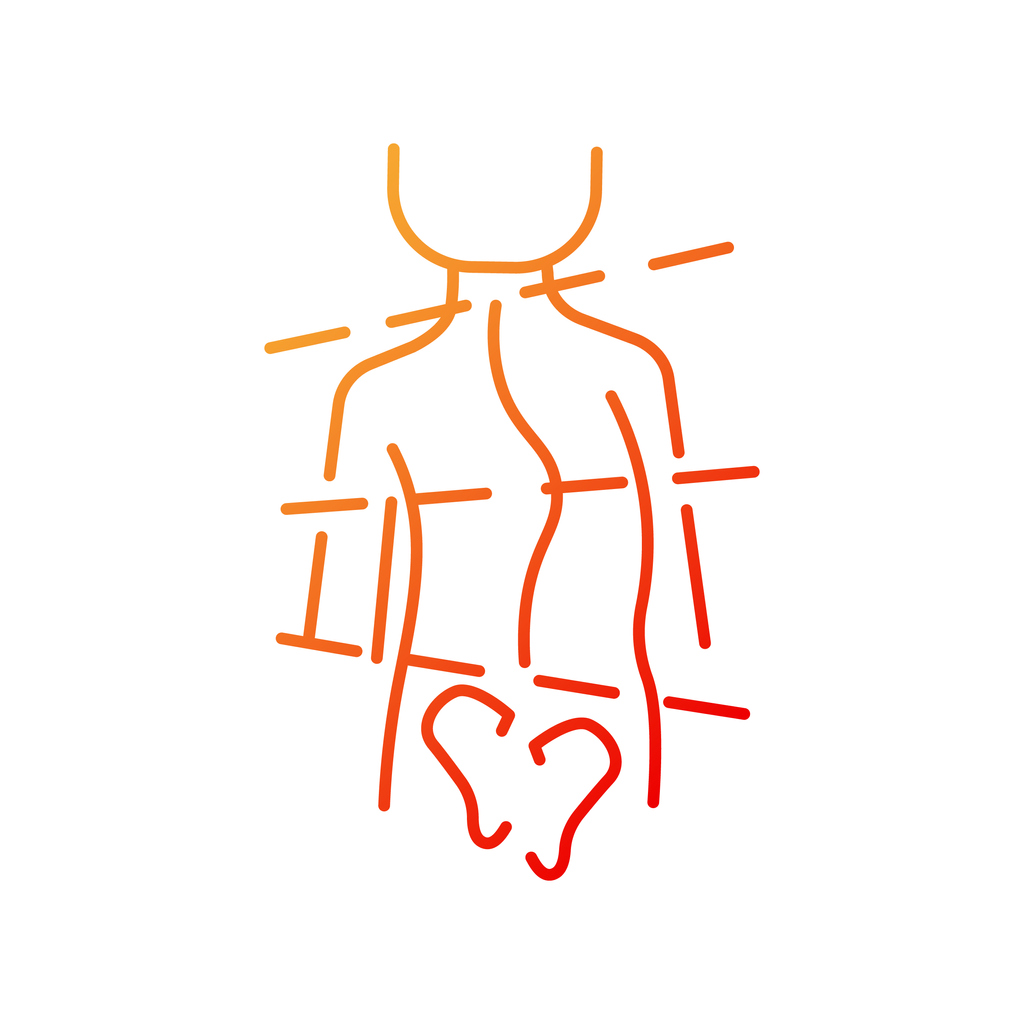Pain
Conventional Medical Treatments for Scoliosis

What is scoliosis?
Scoliosis is defined as a sideways curvature of the spine. It is usually diagnosed in adolescents. Scoliosis is considered as a curve of at least 10 degrees to the side on an X-ray. Severe scoliosis can cause lung difficulty due to reduced space in the chest area.
Types of scoliosis
There are many types of scoliosis. The types of structural scoliosis include idiopathic, degenerative, neuromuscular and congenital.
- Idiopathic scoliosis has no known cause. This type accounts for up to 80 percent of cases.
- Degenerative scoliosis is the result of wear and tear during the aging process. It typically develops in the lower back.
- Neuromuscular scoliosis is the result of other disorders that cause damage to the muscles that support the spine. They may include cerebral palsy, a spinal cord injury, or spina bifida.
- Congenital scoliosis is rare and occurs prior to birth. The vertebrae may fail to divide or not develop completely.
Conventional medical treatment for scoliosis
Treatment of scoliosis varies depending on the severity. The goal of treatment is to prevent worsening of the curvature. Treatments may include the watch and wait method, bracing, or surgery.
Watch and wait
If scoliosis of a child who is still growing is mild, with a curvature of 20 degrees or less, regular checkups, repeated physical exams, and X-rays are used to determine if the spine is continuing to curve. It is possible for a child to outgrow scoliosis; however, a health care physician will watch and wait to determine if a brace is needed.
Bracing
If a child’s bones are still growing, a brace may be prescribed to prevent worsening of the curvature of scoliosis. These braces are typically made of plastic and contoured to conform to the torso. They are commonly worn a minimum of 13 to 16 hours per day. Due to being uncomfortable and the time a brace is worn each day, they are not usually recommended until the curve is at an increased risk for progressing. When no further change in height is expected, bracing is normally discontinued.
Surgery
If bracing is not slowing the progression of scoliosis, or if the condition is advancing, surgery may be required. Surgery can help straighten the curve and prevent it from worsening. Surgical procedures for scoliosis treatment may include the following:
- Spinal fusion. Spinal fusion is a surgical procedure that involves fusing two or more vertebrae permanently together. The spine of an average adult consists of 24 vertebrae (bones). During a spinal fusion, a bone graft or bonelike material is used between spinal bones to create one solid structure with no space. Rods, metal plates, or screws are used to hold the bone and vertebrae in place until they grow together.
- Expanding rod. A spine and rib-based, or expanding rod, surgery helps correct cases of scoliosis that is progressing rapidly in children who are still growing. It involves the attachment of rods to the spine with hardware. The rods can be adjusted as a child grows. They are typically lengthened every three to six months.
- Body tethering. Vertebral body tethering is a fusionless surgery that places constant pressure on the outer side of the spinal curve. A small incision is made and screws are placed on the outside edge of the abnormal curvature. A flexible and strong cord is threaded through the screws and pulled taut so the spine straightens. This pressure allows the inner side of the curve to grow normally, which in time, can reduce the curvature and help the spine to become straighter. As a child continues to grow, the spine may proceed to straighten.












